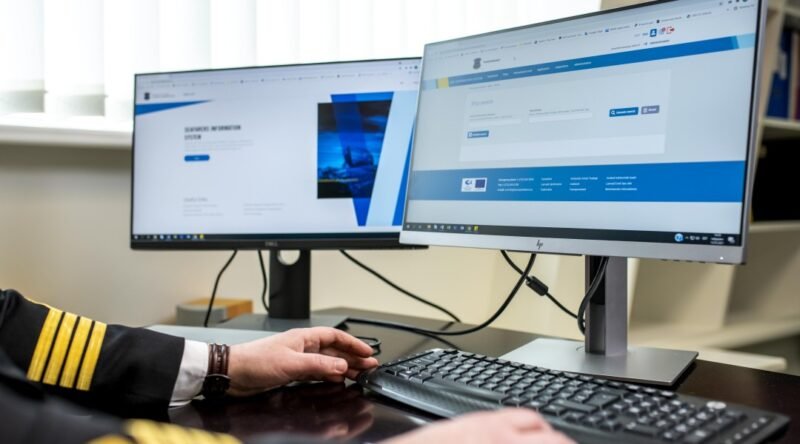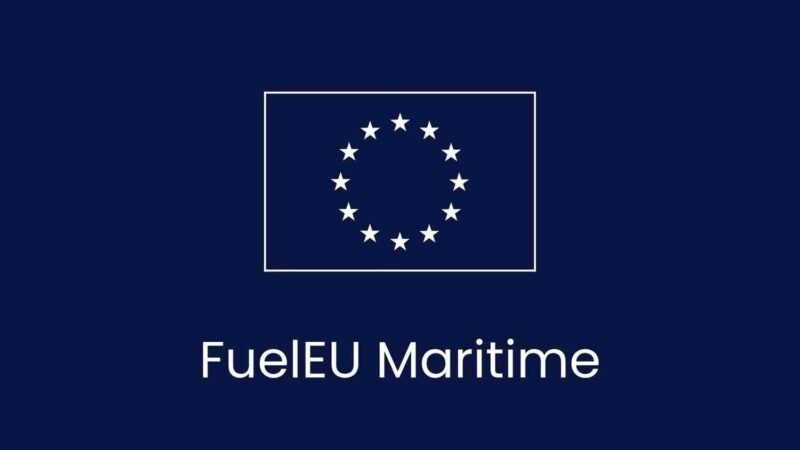The shipping industry is under increasing pressure to address the transfer of invasive species through hull biofouling. A notable example is the sea squirt (Didemnum vexillum), which underscores the environmental damage caused by unmanaged fouling. Abigail Robinson, Vice President of Sustainability at ECOsubsea, advocates for closed-loop hull cleaning as an industry standard, supporting the IMO’s recent regulatory advancements.
Despite awareness of biofouling’s risks—such as increased fuel consumption and environmental harm—regulation remains inadequate. Unlike ballast water, hull biofouling lacks stringent international oversight, posing risks to both vessel performance and marine ecosystems. Current in-water cleaning methods often introduce additional pollutants, as antifouling coatings release heavy metals and microplastics into the ocean, exacerbating contamination.
Norway has proposed mandatory biofouling management to the IMO, gaining support from several countries. This initiative aims to create a global regulatory framework that can mitigate the spread of invasive species and reduce greenhouse gas emissions. However, the lack of consensus on in-water cleaning risks could delay progress.
Closed-loop hull cleaning systems capture and contain biofouling materials for proper disposal, avoiding the environmental hazards associated with traditional methods. As the IMO moves towards mandatory biofouling management, shipping companies must adopt these systems to ensure compliance and operational efficiency, making it a crucial business and regulatory priority.
Share it now


















